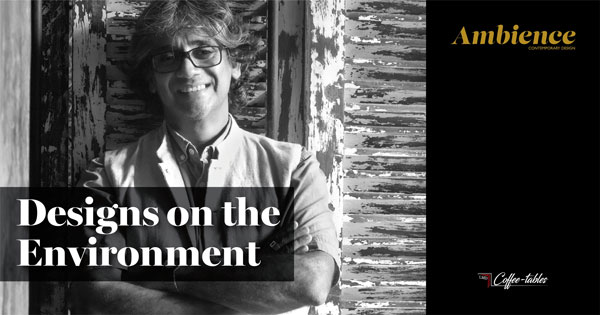Design, in all its aspects, is an effort to change the natural environment we live in, and make it more suitable and comfortable for us. These modifications are effected on the various layers around us – from the first layer outside our own skin, which are our clothes, to the constructed landscapes that change the views we see of the world around us.
Through the involvement of fashion designers with our clothes, to urban designers or landscape designers with our wider environment, design plays both an intimate and extensive role in our lives.
It can define everything from the image we wish to personally project to the world outside us and the very connections we make with others, by modifying the way we move and connect in the environment around us.
These transformations, which were originally made to make us more comfortable in the environments that we choose to live in, were later adapted as a language through which we spoke to each other.

Clothes modified by fashion designers are much more about who we think we are than simply a means of keeping us warm or protected from the environment.
Similarly, buildings and spaces are much more than shelter; they’re about attracting attention to our businesses and the desired projection of ourselves to the world around us.
How we speak with each other through these modifications we make to our environment also acutely affects the existence of the very environment that we’re changing.
We now know that some of the changes we make have far-reaching repercussions on the health of the natural environment – and how it will function in the future and affect the ability of future generations to inhabit it.
It is the result of three centuries of change that has resulted in global warming and climate change. While we adapt to these changes, designers also have a responsibility through thoughtful responses to the design problems they are faced with to contribute towards the mitigation of these effects on the natural environment.
Designers can make a difference by using sustainable materials that will easily return to the environment they came from, sustainable and equitable methods of production that use less nonrenewable energy and more human skills, which provide sustenance to a large number of us.
The language designers speak then becomes inclusive and sustainable. This is the power of design; and it’s the state of this language of design in relation to the spaces we inhabit that we see illustrated in this volume.


